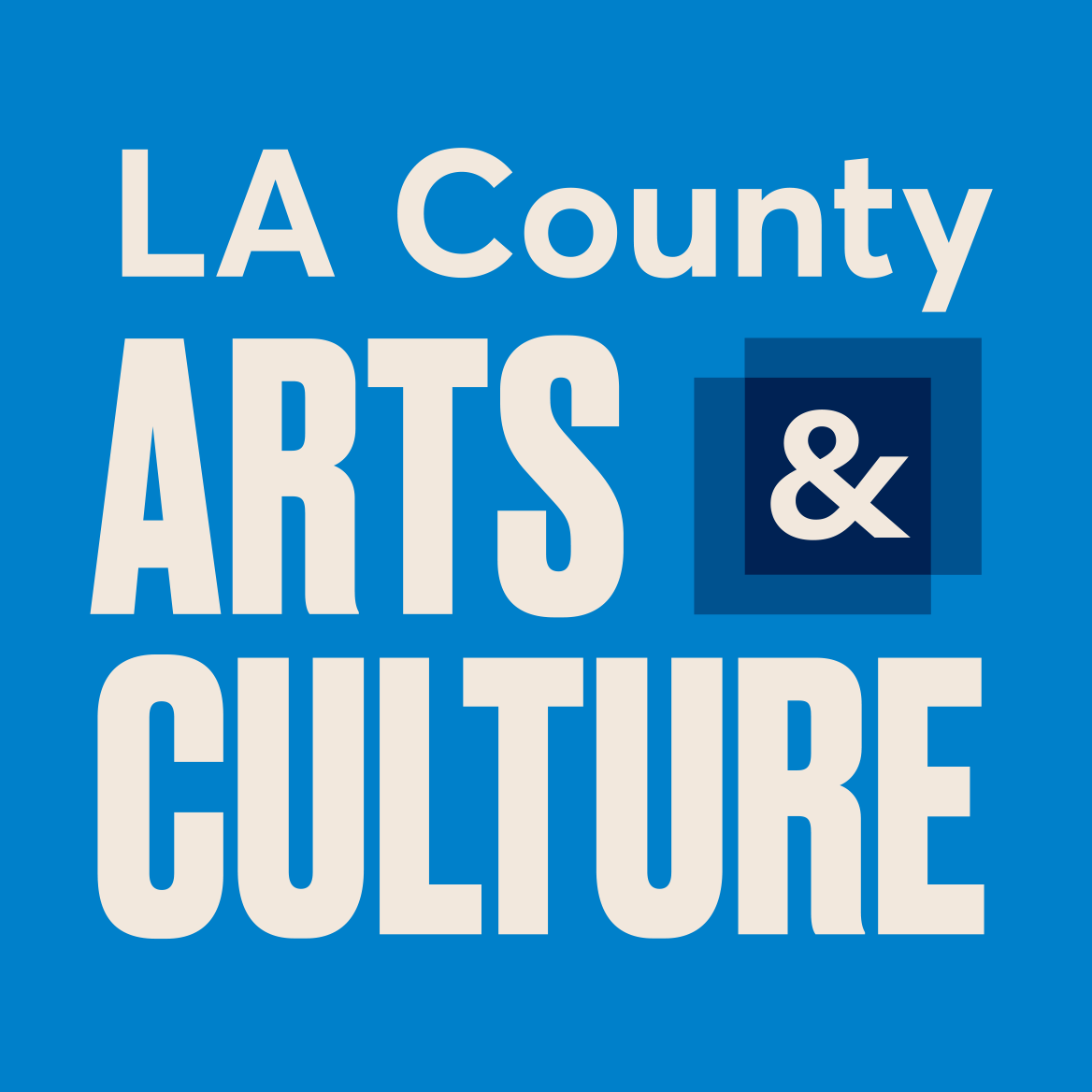(Above) Photo courtesy of Clockshop.
Efforts to understand who participates in the arts often focus on quantitative data, using demographics like race and ethnicity, gender, age, income, and zip codes. While these data help us gain a better understanding of the people we serve, they're limited by multiple choice options and the number of questions that can be asked on a brief questionnaire. They give us important facts, but they don't tell us why people participate in the arts, or how they incorporate it into their lives. To fully address diversity, equity, and inclusion in the arts, and ensure everyone has meaningful access to the arts, we need both kinds of data.
This study uses qualitative methods to understand arts audiences in LA County, providing a complement to demographic studies. Based on in-depth interviews with 28 people from many walks of life across the county, twelve key themes emerged. Some of what we learned reinforced what we already know, at times helping us to see existing knowledge in a new light. Some of what we learned surprised us. In its entirety, this study shows how arts and culture play a critical role in our communities with benefits that reverberate far beyond the moment of the experience.

